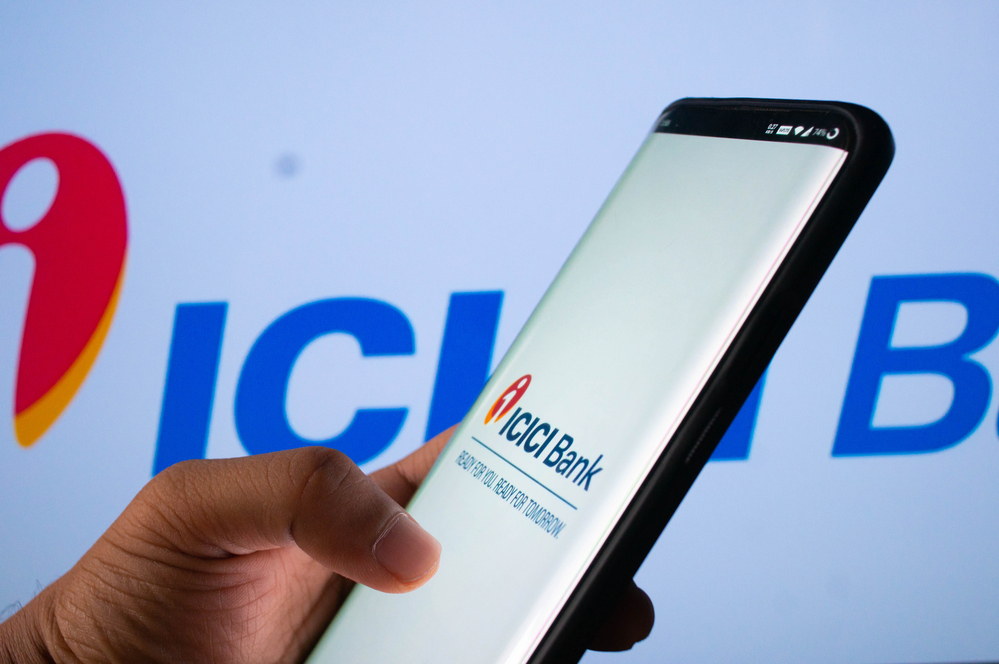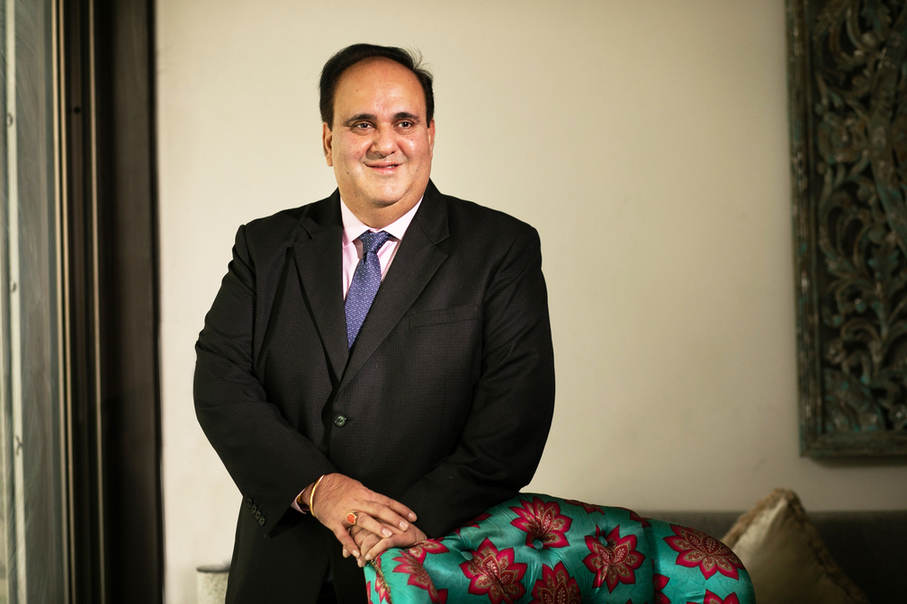Gather More Knowledge On Financial Instruments

In most surveys about millennials, financial literacy and knowledge about personal finance emerge as the key point for them. A key element in this is the limited basic understanding of various financial instruments. A financial instrument or an asset class refers to an investment vehicle that has a particular risk or return profile (e.g. fixed deposit, equity shares).
Various asset classes or financial instruments have different risks and return objectives. This primer looks at the various financial instruments available for investments.
Debt instruments: Take a loan from me and pay it back with interest, without fail!
A debt instrument is when a person A lends money to person B and in return gets an interest payout for lending that money to B. Person B, who is receiving the loan, can be a corporate, a bank, the government or an individual.
Some of the key debt instruments include fixed deposits, public provident fund (PPF), provident fund (PF) and debt mutual funds.
A fixed deposit is when you lend your money to a bank and the bank pays you an assured interest rate (typically between 5 per cent to 7 per cent). The bank in-turn uses your money to issue loans at a higher interest rate (typically between 8 per cent to 10 per cent) and captures the income on the difference. The difference in what the bank charges for issuing a loan and what it pays you for your fixed deposit is termed as net interest margin and is the primary source of earning for any bank. Fixed deposits have the lowest return amongst debt instruments but the highest rate of safety amongst all the debt instruments.
The Public Provident Fund (PPF) is a long term savings instrument introduced by the Government of India. Any person can save up to 1.5 lakh every year in this instrument at a fixed, tax-free return rate of 7.65 per cent (rate as of end 2019). The return is higher than fixed deposits and is considered completely safe as it is backed by the government of India. The investment in Public Provident Fund needs to be made for a minimum period of 15 years before money can be pulled out of it.
The Provident Fund (PF), originally a Southeast Asian concept, is encouraged by the government as a savings instrument for building a retirement corpus. The employer and the employee contribute 12 per cent of the employee’s basic pay every month to this corpus - do not be elated, both are part of your CTC which the company pays you. The instrument has the highest tax-free return (8.65 per cent as of end 2019) amongst the various debt instruments. The government is unlikely to reduce this rate of return fearing backlash from various labor unions.
As an employee, if you find this instrument attractive, you can contribute more every month to it as part of the Voluntary Provident Fund (VPF). The fund is largely illiquid before retirement except in case of exceptional circumstances.
A loan can be offered by the government (e.g. government bonds), corporates (e.g. Future Group offering a loan at a certain interest) or a bank (e.g home loans). A debt mutual fund invests in a combination of government-issued loans (also termed securities or bonds) or corporate-issued bonds. A mutual fund typically invests in 20 more instruments rather than one instrument alone to better manage risk and return. For instance, a debt mutual fund can invest in corporate AAA-rated bonds (e.g. companies with the highest credit rating), credit risk bonds (e.g. companies that can default on their loans taken but pay higher interest rates), dynamic bond funds (e.g. mutual fund manager takes a bet on the bond prices basis expected interest rate movements and then allocates money), short term bonds (e.g. government securities issued for less than three months). Debt mutual funds tend to be more volatile in their returns than fixed, PF or PPF instruments but have a tax benefit after three years.
It is advisable to have at least 50 per cent of total savings in debt instruments at every point in a person’s career.
Equity: You are a tiny owner in a corporate, really really tiny!
Equity instruments involve buying a share in a company and being able to take a proportional share of the company’s profits. You, as an equity owner, are a small owner of a very large company.
Historically, equities have grown in line with the nominal GDP of a country, equivalent to real GDP plus inflation, and hence are considered a very good asset for overcoming inflation. While they have been glamorised for their potential returns, they tend to be extremely volatile and can take a decade to churn out even average returns. It has to be remembered that there is no guaranteed return from equity investments - if the company you have invested in does well, you get rewarded else your investment sinks. Most companies have eroded 30 to 40 per cent of their market capitalisation in the bloodbath over the last month due to the aftermath of the coronavirus outbreak.
You can choose to buy a share of a particular company (e.g. Hindustan Unilever Limited). A company can reward you by paying you a dividend from its profits (termed dividend yield) or the gains you can make from the price increase of that share (termed capital gains). Shares are traded on the financial market exchanges - two major ones in India being the Bombay Stock Exchange and the National Stock Exchange.
A mutual fund (e.g. HDFC, ICICI, Aditya Birla) is a financial institution that invests your money in a pool of shares for a small charge, typically 0.5 per cent of the fund size. The benefit of mutual funds is that it invests in a lot of various shares and other asset classes like debt. Also, fund managers tend to be more professional and have an array of financial tools and research at their disposal. Various types of mutual funds are equity (large-cap, mid-cap, small-cap), debt, hybrid (a combination of debt and equity), international markets (e.g. investing in the US equity markets). For instance, the HDFC Top 100 mutual fund invests in the top 100 shares by market capitalisation listed on the stock exchanges.
For risk avoiders who detest everyday volatility in prices, they should not invest more than 20 per cent of their total savings in equity instruments while risk seekers can choose to put a higher percentage. Although, they should never cross 50 per cent of their total savings in equity instruments.
Gold: When in doubt and trouble, buy without a blink!
When in doubt, ‘buy gold’ has been an investment philosophy for most Indian households. India, as a nation, is one of the highest consumers of the yellow metal. Gold is bought as biscuits, as jewellery on key festivals (e.g. Diwali, family weddings) and more recently in terms of gold bonds on the financial markets.
Gold is seen as a safe haven when other financial markets decline (e.g. shares), gold prices tend to rise. In the current set of things, gold has seen a phenomenal rally in prices as there is a concern about the condition of the economy and the outbreak of the coronavirus. As an asset class, the returns from gold over 10 years haven’t been great (around 6 per cent). Although a lot of Indian households stock up a significant proportion of their financial investments in gold, it is advisable not to put more than 5 per cent of total investments in gold.
Real Estate: You have not made it in life unless you have your own house!
For most Indians, real estate has been the primary source of financial investment. This is due to the psychological safety of holding a property for staying oneself or for investment. The return from a real estate investment is a combination of rental yield (annual rents divided by purchase property of apartment or land) and capital appreciation (increase in the price of apartment or land itself).
While residential real estate had seen good capital appreciation till a few years back, it has remained stagnant or has declined in the key metros. This is due to the large inventories of unsold apartments of big developers coupled with the reluctance of consumers to buy due to a slowing economy and unreasonably high prices.
Also, real estate has problems with illiquidity, you won’t get a buyer immediately, along with an excess supply of apartments in most cities. One of the biggest roadblocks in residential real estate is the concept of low rental yields, for instance, a 2 crore property in Mumbai will get you a monthly rental of about Rs 60,000 which translates to an annual rental yield of 3.6 per cent (Rs. 60,000 rent per month * 12 months / 2 crore ) and 2.5 per cent (30 per cent tax in the highest slab) after income tax. This yield is significantly lower than other instruments which are at least more than 5 to 6 per cent.
However, commercial real estate (e.g. corporate offices) has been on the rise in India over the last few years. This is being driven by the rising services sector (e.g. IT, BPO) in India along with the incredible number of startups that all need quality office space.
For most millennials, real estate should only be considered for staying. As an investment vehicle, it is a poor idea due to illiquidity and sub-optimal rental yields along with unfavourable tax treatment. In fact, in metros like Mumbai, it is a more sensible option to rent out an apartment rather than buy one and be burdened with a massive loan.
Insurance: Buy a magic weapon to protect from unforeseen crisis!
Insurance is a system where the risk of damage is transferred from a person seeking insurance (like you and me) to an insurance company for the payment for a small amount termed premium.
As indicated, the insurance company (e.g. HDFC, ICICI) pays the person requiring insurance the amount at risk in exchange for a small premium. Insurance can be claimed for your property, your medical treatment or for accidental death. If the insurance is for a certain number of years and the person seeking insurance meets accidental death within those years, it is called term insurance, a term implying a certain number of years. The insurance company makes its operations viable as it ensures a large number of people but only a fraction of them end up claiming a premium for the amount at risk. This is mathematically termed the law of large numbers.
Everyone should have medical insurance for themselves and their family members. Having a life and property insurance is contingent on levels of safety desired.
Cryptocurrency: Why need a poker table when you can gamble away at crypto!
Cryptocurrency is a part of a larger ecosystem of alternate financial instruments termed digital currencies. It is a decentralised system, operating based on a peer to peer electronic cash system. Bitcoins are the most famous alternate cryptocurrencies for being in the news for the right and the wrong reasons. This currency is generated and regulated using the principles of cryptography. In its most basic form, cryptography translates to converting plain text into unintelligible text and vice versa using mathematical algorithms.
Bitcoins have seen massive fluctuations in their intrinsic value along with multiple central banks showing their clear displeasure at the prospect of an alternate currency which is not regulated by the central banks. To generate one bitcoin, a process of bitcoin mining has to be undertaken which is dependent on sophisticated computer hardware. For instance, it costs nearly $ 5,000 to mine a single bitcoin in the United States. As an individual, it is best advised to steer clear of these investments before governments and central banks accept this currency the world over.
Others: Weapons of mass financial destruction!
There are other derived asset class termed financial derivatives. A financial derivative is a contract between two parties based on an underlying asset (e.g. bonds, stocks). Some of the primary types of financial derivatives include futures, forwards, options and swaps. Derivatives have been infamously termed weapons of mass financial destruction by legendary investor Warren Buffett as they can rake in significant gains but can wipe out the entire underlying asset in a matter of seconds. A large part of the 2008 financial crisis failure was attributed to the misuse of financial derivatives.
In conclusion, knowledge of basic financial asset classes is the key before any portfolio decisions can be made for you and me.
The author is a Director with PWC management consulting.








